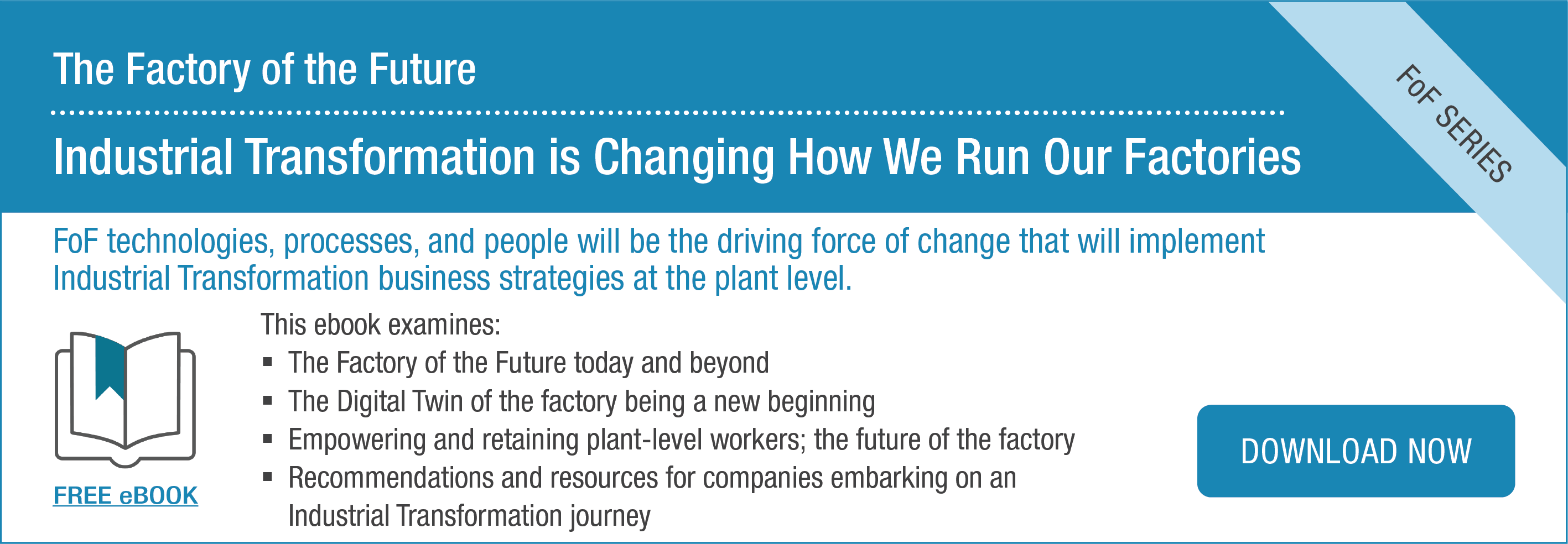As I sit in my wee home office in rural Belgium, I am regularly reminded by the most recent news flash that we are in lockdown – do not go out! Unless, of course you are exempted by meeting one of dozens of criteria listed in the government FAQ. It is great to see the threat being taken so seriously; we can only hope the rapid growth in new cases will slow down soon. Even so, we can expect to be confined for a considerable period and continue to support our clients as well as ever.
The spread of COVID-19 is accelerating the closure of manufacturing plants and home working for most of the staff involved in both information (IT) and operational (OT) technology. Many of you will find yourselves with a new set of pressures and, perhaps, time to reflect and consider the bigger picture of your enterprise. These reflections can be considered over different timescales, and so let’s take a look at a few.
What can we do now?
As COVID-19 starts directly to affect us through lockdown or workplace closure, our first thoughts turn to our families and friends. How can we help them and how can we make life as easy as possible for those so disrupted? After the first wave might consider what our companies can do now to help the crisis. Can we provide a needed service though our skills? Can we make new things? A great example of the latter is the craft gin (and other tipple) distilleries that have created alcohol-based hand sanitizers and are providing them to the local market.
Gin sanitizer is direct aid but there are also indirect ways you can help by, for example, considering your logistics capabilities with which you may be able to help drug and vaccine distribution and delivery. It is likely that we are not going fully to stop this virus until we can mass vaccinate. Every manufacturer will have different capabilities – we implore you to think broadly to see how you can help now.
What can we change for recovery?
My colleague, Matt Littlefield, recently published a blog encouraging you to use new plant and operational technologies to help mitigate social distancing, staying at home and other effects of COVID-19 regulation. While implementing these you should also think about the future and how you become competitive in the post-COVID-19 world. Indeed, you must define what “competitive” means.

In the pre-COVID-19 days, many companies that have not yet taken giant leaps into industrial transformation (IX) are considering doing some small pilots to try out technology and hopefully find something that works. I would argue that this never was a way to IX. You need to start from the top, have clear business objectives and understand which of these will translate into real, enterprise level programs that will deliver long term value.
Normally such large undertakings would come after many years of progress in IX but today the opportunity to concentrate lightly used resources into a grand project is a strategic game changer. On top of the hardship affecting everyone, it is likely that we will emerge with a different view on global manufacturing. There has been much talk of reshoring manufacturing and now that conversation is going to be held at full volume (for better or worse!). If you undertake a project that addresses any of the following, you will be more competitive than when you got into this:
- More flexible manufacturing, allowing more product variation in existing plants
- A supply chain that has not got a critical path
- Design to manufacturing integration for faster NPI
- Analytics across the enterprise to measure performance
- Introduction of completely new technologies.
The list could go on for ever! Some of these you can do alone, some with your value chain partners and some with your technology vendors. For example, if engineers at your machine makers are wondering what to do next, why not be the first to invite them into this big picture conversation. They need it as much as you do.
Around the world, there will be huge investments, both from government and investors, to help the recovery – there is nothing wrong with being ready for this through smart planning.
Keep Safe
The big idea is great, but as we move into ever more dangerous phases of this crisis, it is worth reminding ourselves what is most important and thinking of others. The factory of the future can be a long-term winner from this if we behave suitably and expand our views beyond the plant walls, the enterprise and the value chain.
Be safe, and friendly, by staying away from people. This corona simulator from the Washington Post should drive in the need for separation – the better we do the sooner we move forward.
